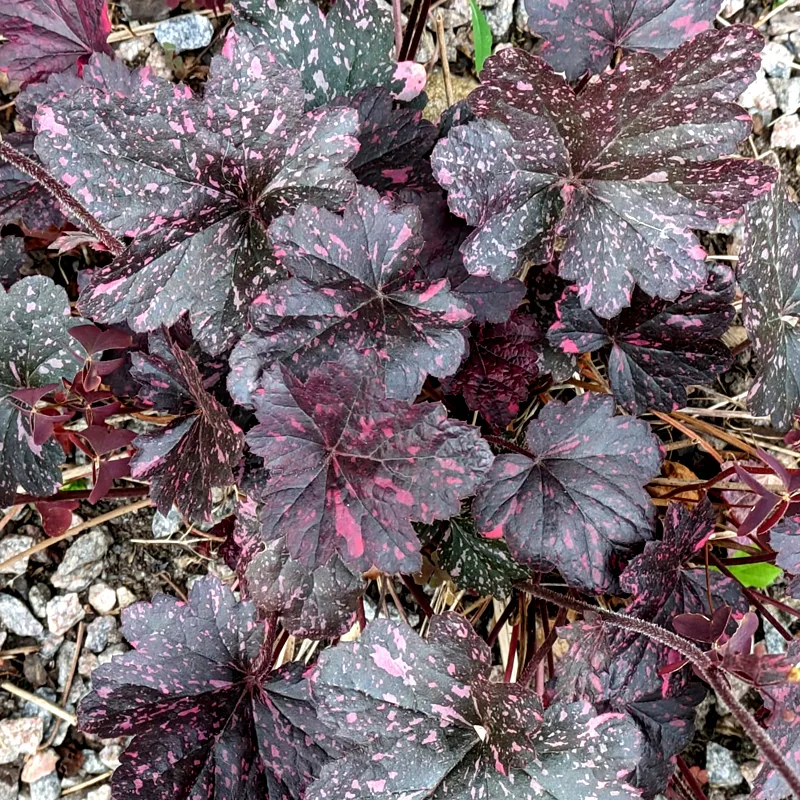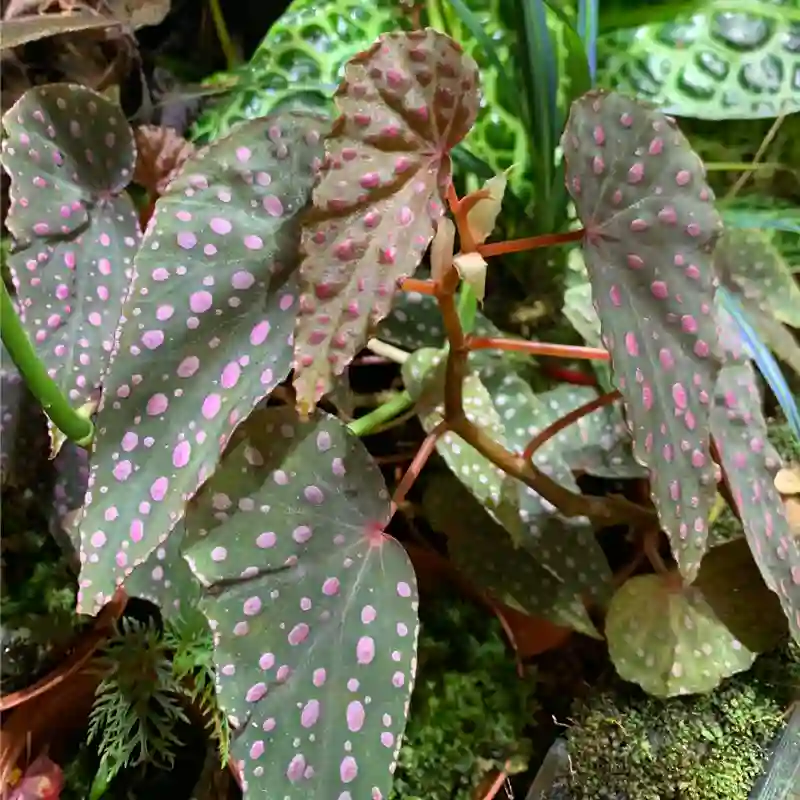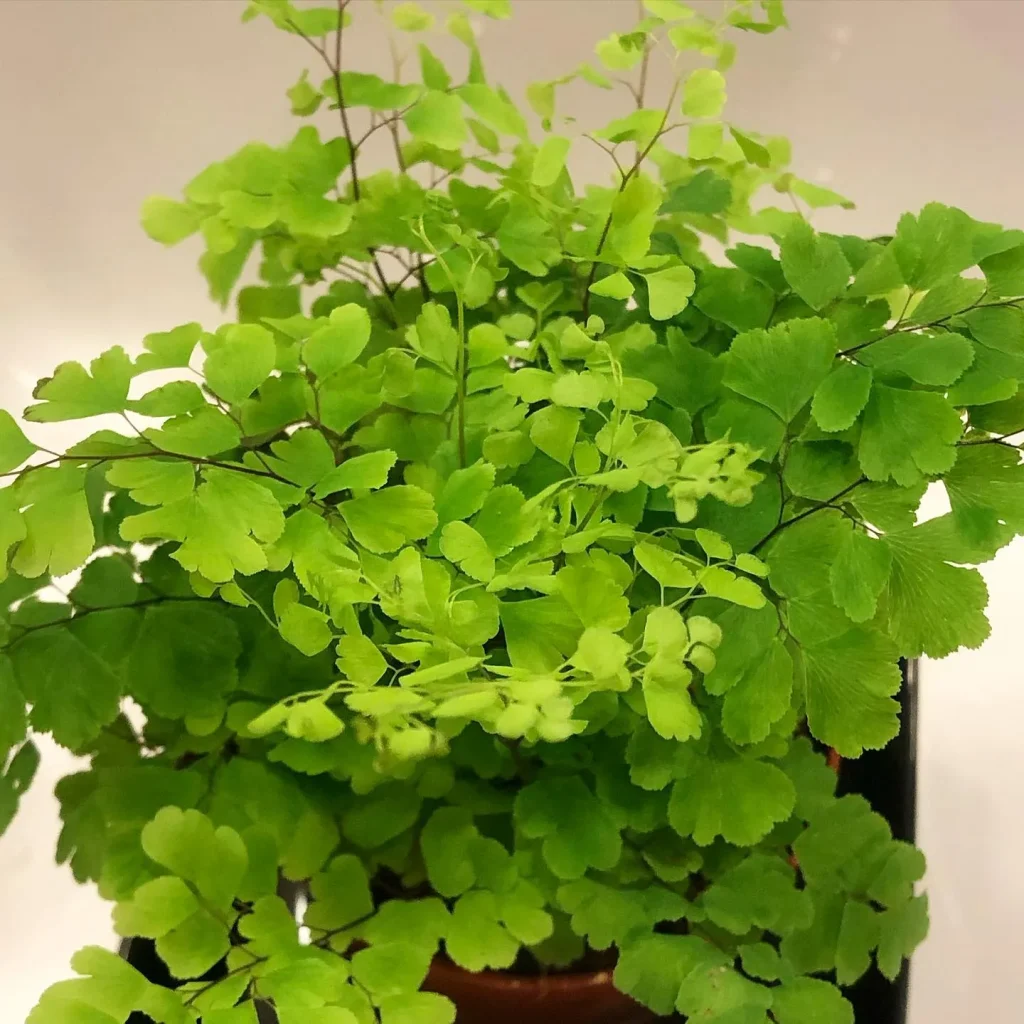My Fascination with Crassulaceae: The Jewels of Succulent World
As an avid plant enthusiast, I, Ferb Vu, have always been captivated by the diverse and enchanting world of succulents. Among them, the Crassulaceae family, commonly referred to as the stonecrop family or the orpine family, holds a special place in my heart. With their remarkable resilience, stunning forms, and captivating textures, these plants have become the jewels of my succulent collection.
The Unmistakable Allure of Crassulaceae
The Crassulaceae family is renowned for its remarkable diversity, encompassing over 1,400 species across 39 genera. From the iconic rosettes of Echeveria to the trailing vines of Sedum, and the architectural wonders of Kalanchoe, these plants showcase an incredible range of shapes, sizes, and colors.
What sets Crassulaceae apart is their exceptional ability to thrive in arid environments. Their fleshy leaves and stems serve as water reservoirs, allowing them to withstand prolonged periods of drought. This remarkable adaptation has made them incredibly popular among plant enthusiasts, particularly those residing in regions with limited water resources.
A Closer Look at Crassulaceae Genera
The Crassulaceae family boasts a fascinating array of genera, each with its unique characteristics and appeal. Let’s explore members of this remarkable family:
- Echeveria: Often referred to as the “hen and chicks,” Echeveria is arguably the most recognizable genus within Crassulaceae. Their compact rosettes of fleshy leaves, often adorned with vibrant hues and intricate patterns, make them highly sought after by collectors. – 202 Species in Genus Echeveria
- Sedum: Known for their trailing or mat-forming growth habits, Sedum species add a touch of elegance and versatility to any succulent arrangement. Their diverse foliage, ranging from needle-like to rounded, and their vibrant blooms, make them a delight to behold. – 490 Species in Genus Sedum
- Kalanchoe: This genus showcases a remarkable diversity of forms, from compact shrubs to towering succulents. Their striking foliage, often adorned with scalloped edges or unique textures, and their vibrant, long-lasting blooms, make them a popular choice for both indoor and outdoor gardens. – 184 Species in Genus Kalanchoe
- Crassula: Renowned for their compact, often stacked growth habits, Crassula species add a touch of architectural intrigue to succulent collections. Their fleshy leaves, often adorned with unique markings or contrasting colors, make them truly captivating. – 220 Species in Genus Crassula
- Aeonium: This genus is celebrated for its striking rosettes of fleshy leaves, often arranged in a mesmerizing spiral pattern. Their ability to change colors in response to environmental conditions, such as temperature and sunlight, adds an extra layer of fascination. – 91 Species in Genus Aeonium
- Dudleya: Native to the western coast of North America, Dudleya species are renowned for their powdery, often chalky foliage. Their unique textures and muted colors make them a favorite among enthusiasts seeking a touch of understated elegance. – 51 Species in Genus Dudleya
- Adromischus Lem. – 29 Species in Genus Adromischus
- Afrovivella A.Berger
- Aichryson Webb & Berthel. – 22 Species in Genus Aichryson
- Chaloupkaea Niederle
- Chazaroa A.Vázquez, Padilla-Lepe & Rosales
- Chiastophyllum (Ledeb.) A.Berger
- Cotyledon L. – 18 Species in Genus Cotyledon
- Cremnophila Rose
- Graptopetalum Rose – 15 Species in Genus Graptopetalum
- Hylotelephium H.Ohba – 29 Species in Genus Hylotelephium
- Hypagophytum A.Berger
- Jeronimoa A.Vázquez, Islas & Rosales
- Kungia K.T.Fu
- Lenophyllum Rose
- Meterostachys Nakai
- Monanthes Haw.
- Orostachys Fisch.
- Pachyphytum Link, Klotzsch & Otto – 25 Species in Genus Pachyphytum
- Perrierosedum (A.Berger) H.Ohba
- Petrosedum Grulich
- Phedimus Raf.
- Pistorinia DC.
- Prometheum (A.Berger) H.Ohba
- Pseudosedum (Boiss.) A.Berger
- Quetzalcoatlia A.Vázquez, Rosales & Padilla-Lepe
- Rhodiola L. – 74 Species in Genus Rhodiola
- Rosularia (DC.) Stapf
- Sempervivum L. – 65 Species in Genus Sempervivum
- Sinocrassula A.Berger
- Thompsonella Britton & Rose
- Tylecodon Toelken – 51 Species in Genus Tylecodon
- Umbilicus DC. – 16 Species in Genus Umbilicus
- Villadia Rose
Nurturing Your Crassulaceae Collection
Caring for Crassulaceae plants is relatively straightforward, making them an excellent choice for both novice and experienced plant enthusiasts. These resilient succulents thrive in well-draining soil and require ample sunlight to maintain their compact forms and vibrant colors.
Watering should be done sparingly, allowing the soil to dry out completely between waterings. Overwatering is a common pitfall that can lead to root rot and other fungal diseases.
With proper care and attention, your Crassulaceae collection will flourish, providing you with years of enjoyment and adding a touch of natural beauty to your surroundings.
Conclusion
In conclusion, the Crassulaceae family, with its remarkable diversity, resilience, and captivating beauty, has captured my heart and imagination. From the iconic rosettes of Echeveria to the trailing vines of Sedum, and the architectural wonders of Kalanchoe, these plants offer endless possibilities for creating stunning succulent arrangements.
Whether you’re a seasoned collector or a budding plant enthusiast, I encourage you to explore the enchanting world of Crassulaceae and discover the jewels that await you within this remarkable family.
If i die, water my plants!



